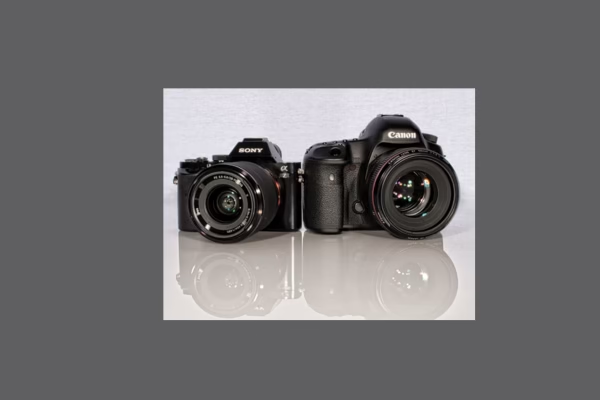Using a tripod in portrait photography might seem old-school to some, but it’s a powerful tool for creating sharp, consistent, and creatively composed images. Whether you’re shooting in a studio or outdoors with natural light, the right tripod techniques can elevate your portraits dramatically. Here’s how to use it effectively.
Choose a Sturdy, Adjustable Tripod
A tripod’s main job is to provide stability. Choose one that’s strong enough to hold your camera securely and offers adjustable height for different angles. A tripod with a ball head or a pan-tilt head allows you to shift from landscape to portrait orientation with ease.
Set the Camera at Eye Level
For most flattering portraits, place the camera at your subject’s eye level. This creates a natural perspective and connection with the viewer. For creative flair, slight variations (slightly above or below) can change the mood or emphasize different features.
Use a Remote or Timer
Even with a tripod, pressing the shutter button can introduce slight vibrations. Use a remote shutter release or your camera’s 2-second timer to eliminate any potential shake and ensure the sharpest image possible.
Disable Image Stabilization
When your camera is mounted on a tripod, turn off the lens or in-body image stabilization. Leaving it on can actually cause blur, as the system may try to compensate for nonexistent movement.
Lock It Down
Once your composition is set, tighten all tripod joints. This ensures the camera won’t shift during the shoot, helping you maintain consistent framing and focus throughout.
Take Time to Compose
With your camera locked in, take advantage of the time to fine-tune your composition. Consider the rule of thirds, headroom, background elements, and how light interacts with your subject. A tripod encourages more thoughtful shooting.
Stay Flexible
Don’t let the tripod limit your creativity. Move it around, try different angles, and direct your subject freely. In studio or environmental portraits, keeping the framing fixed while you interact with the subject can be a powerful technique.
Final Thoughts
Using a tripod in portrait photography isn’t just about stability—it’s about control, intention, and precision. With the right techniques, it becomes a valuable extension of your creative process, helping you craft portraits that are both technically sound and artistically compelling.

